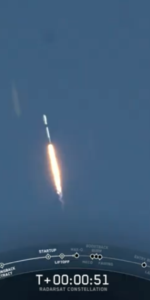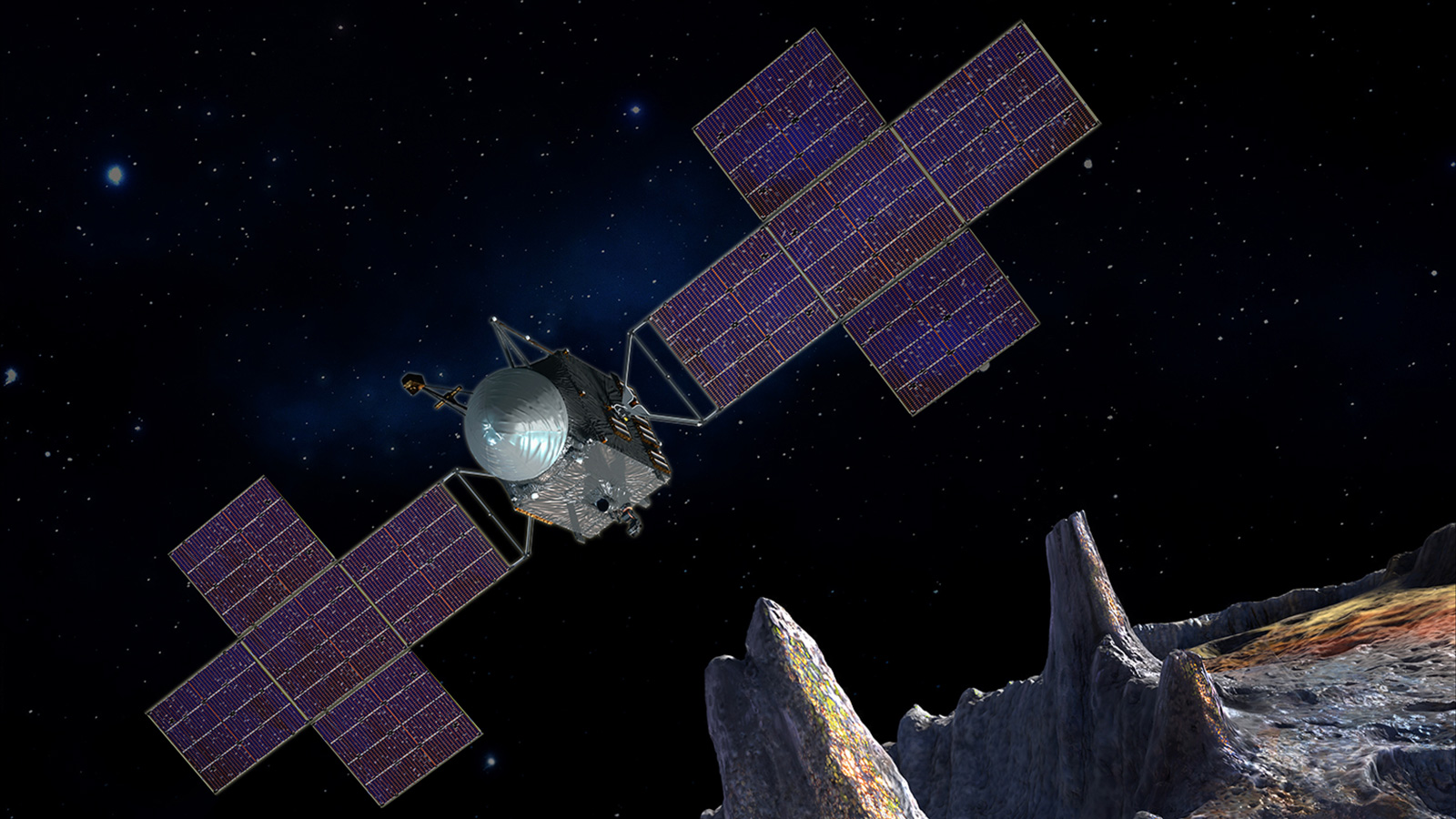
NASA’s Psyche mission is preparing to go someplace that no other planetary mission has been to before: a metal asteroid. Now, NASA Headquarters in Washington has approved the start of the final design and fabrication phase of the mission, known as Phase C.
Psyche is scheduled to launch in August 2022 from Kennedy Space Center in Florida and will investigate the asteroid 16 Psyche in the main asteroid belt between Mars and Jupiter, which is much richer in metals than most asteroids, and is thought to likely be the remnant core of a once larger planet.
In Phase C, the Psyche team will finalize the system design of the spacecraft, develop detailed plans and procedures and complete both assembly and testing of the spacecraft and its subsystems.
“The Psyche team is not only elated that we have the go-ahead for Phase C, more importantly we are ready,” said Principal Investigator Lindy Elkins-Tanton of Arizona State University in Tempe. “With the transition into this new mission phase, we are one big step closer to uncovering the secrets of Psyche, a giant mysterious metallic asteroid, and that means the world to us.”
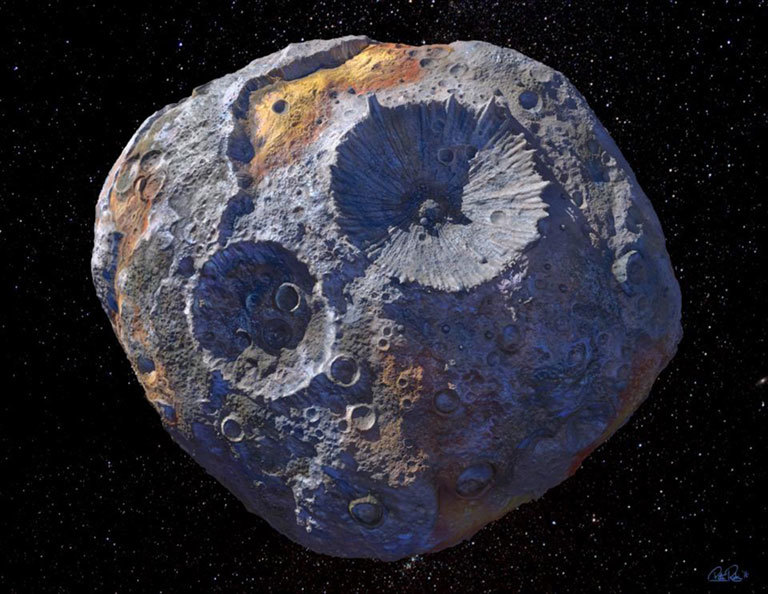
The continuation on to Phase C is great news, but there are still three more phases to be completed. Phase D will begin sometime in early 2021, and includes final spacecraft assembly and testing, as well as the August 2022 launch. Phase E covers the mission’s deep-space operations and science data collection. Finally, Phase F occurs after the mission has completed its science operations, and includes both decommissioning the spacecraft and archiving the engineering and science data for later study.
It is exciting to see the progress of this mission, since no other spacecraft has visited this kind of an asteroid before. While most asteroids are rocky, 16 Psyche is composed of iron and nickel, very similar to Earth’s own core.
The Psyche spacecraft will use three science instruments to explore the asteroid: the magnetometer will detect and measure the remnant magnetic field of the asteroid, the multispectral imager will provide high-resolution images using filters to discriminate between Psyche’s metallic and silicate constituents and the gamma ray and neutron spectrometer will detect, measure and map Psyche’s elemental composition.
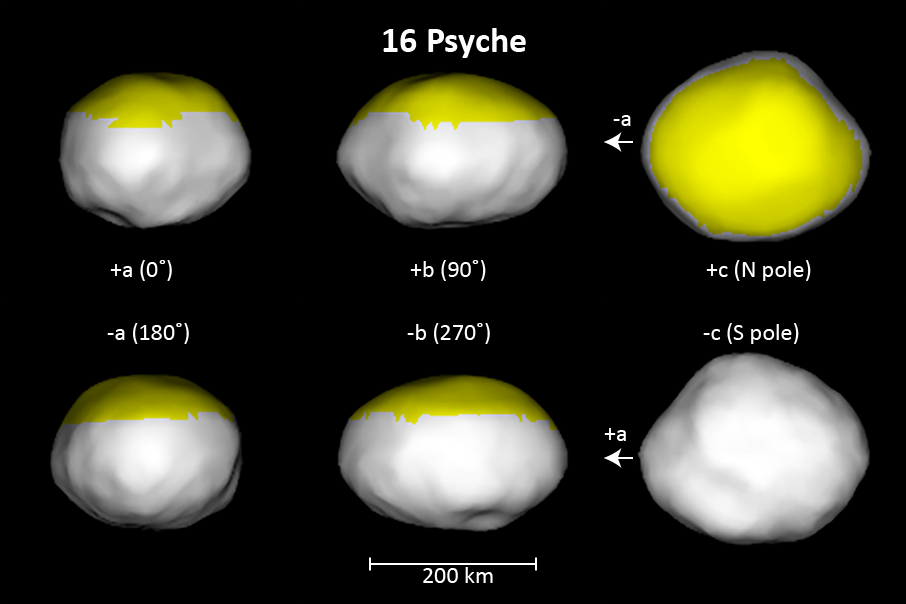
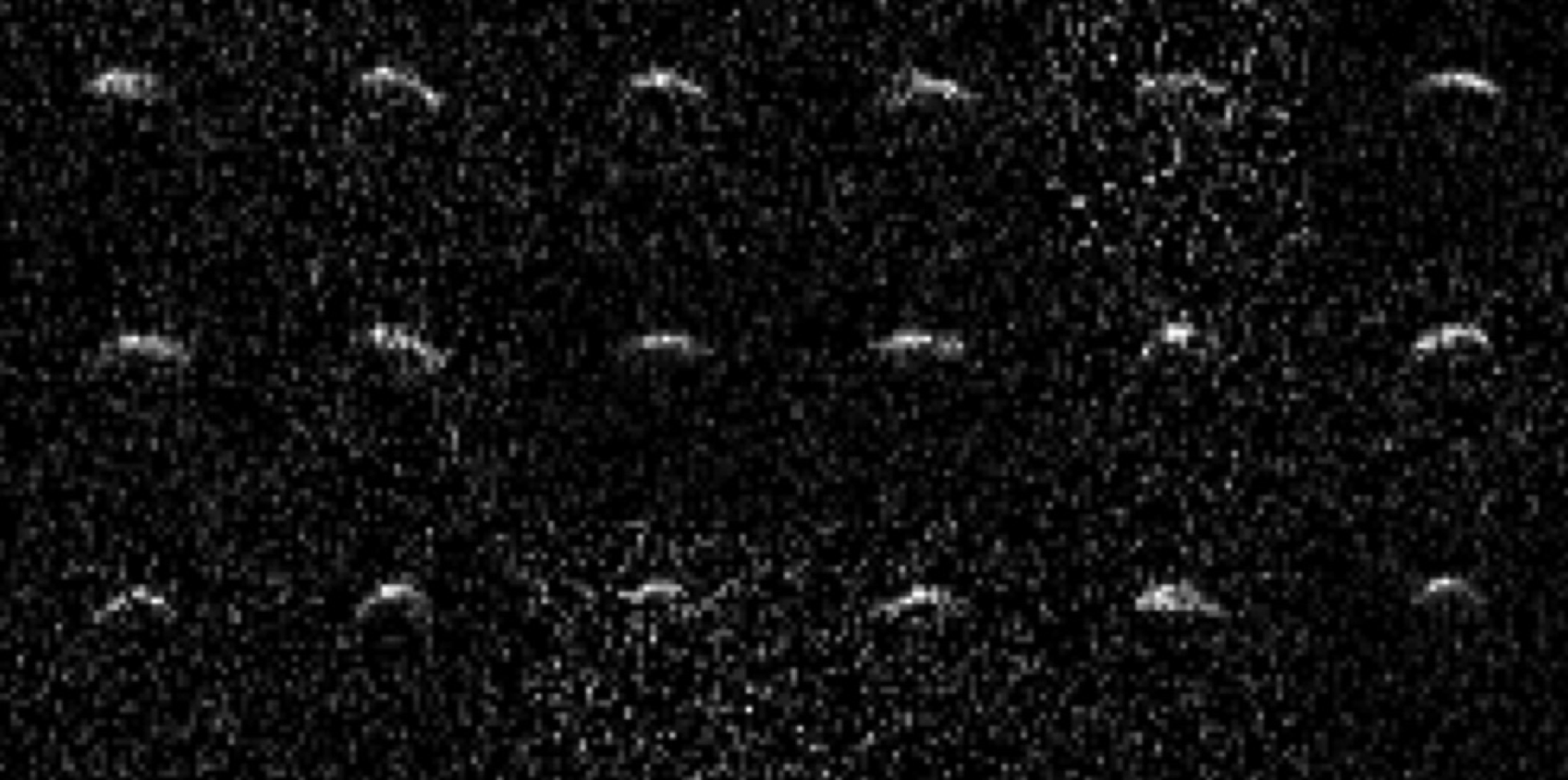
Also to be tested is a sophisticated new laser communications technology, called Deep Space Optical Communication (DSOC). This encodes data in photons rather than radio waves to communicate between a probe in deep space and Earth. Using light instead of radio allows the spacecraft to communicate more data in a given amount of time.
If 16 Psyche really is the remnant core of a former planet, that planet may have been as large as Mars, and its outer mantle and crust were probably ripped away by violent collisions with other asteroids and protoplanets as the planet was forming in the early Solar System. The metallic “heart” is all that remains now.
16 Psyche represents a unique exploration opportunity for planetary scientists. Being able to study this type of asteroid up close will help scientists determine how old it is and whether it formed in a similar manner to Earth’s core. Even if it isn’t a former planet’s core, it will still provide valuable information about the building blocks of planets in the early Solar System. And of course, we will get to see what it actually looks like. Right now, we only have low-resolution fuzzy photos and radar images, as well as shape models, to go by. But the Psyche spacecraft will see the asteroid in exquisite detail.
Psyche will arrive at the asteroid on Jan. 31, 2026 and will orbit it until at least 2027.
The asteroid was discovered in 1852 and was named after the nymph Psyche, who married Cupid but was put to death by Venus. At Cupid’s request, however, Jupiter made Psyche immortal.
A growing number of asteroids, and comets, have been visited by spacecraft from Earth, but they have all been rocky and/or icy bodies. This is the first time that a metallic asteroid will be studied up close. The findings will help scientists to better understand how our Solar System originated and evolved over billions of years.
The Psyche mission, led by Arizona State University, is part of NASA’s Discovery Program, a series of lower-cost, highly-focused robotic space missions. More information about Psyche is available on the mission website.
.
.
FOLLOW AmericaSpace on Facebook and Twitter!
.
.




